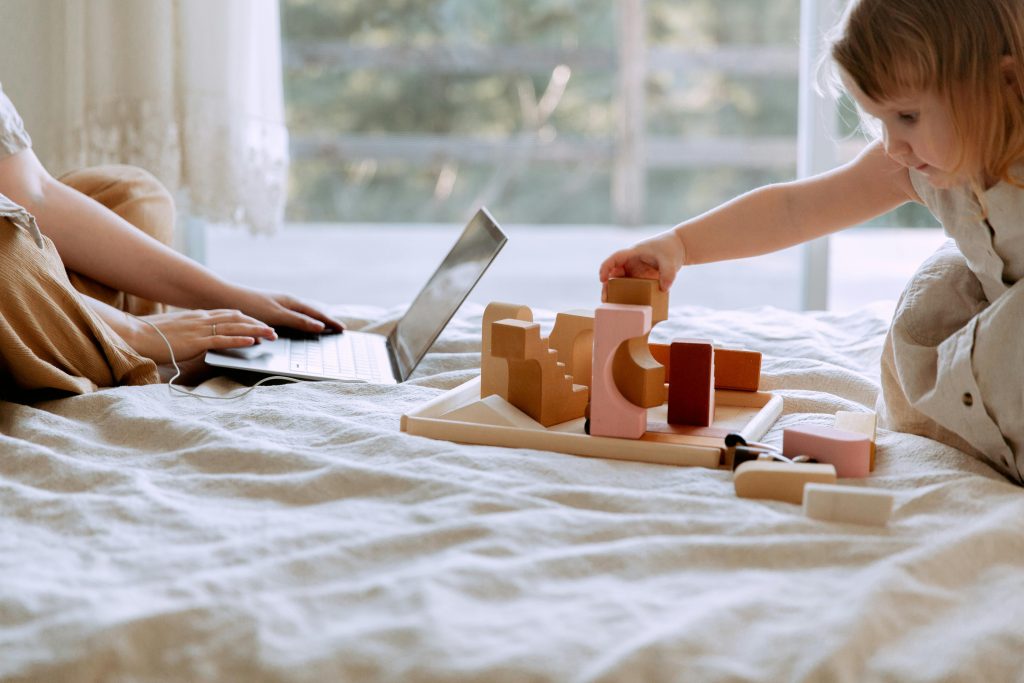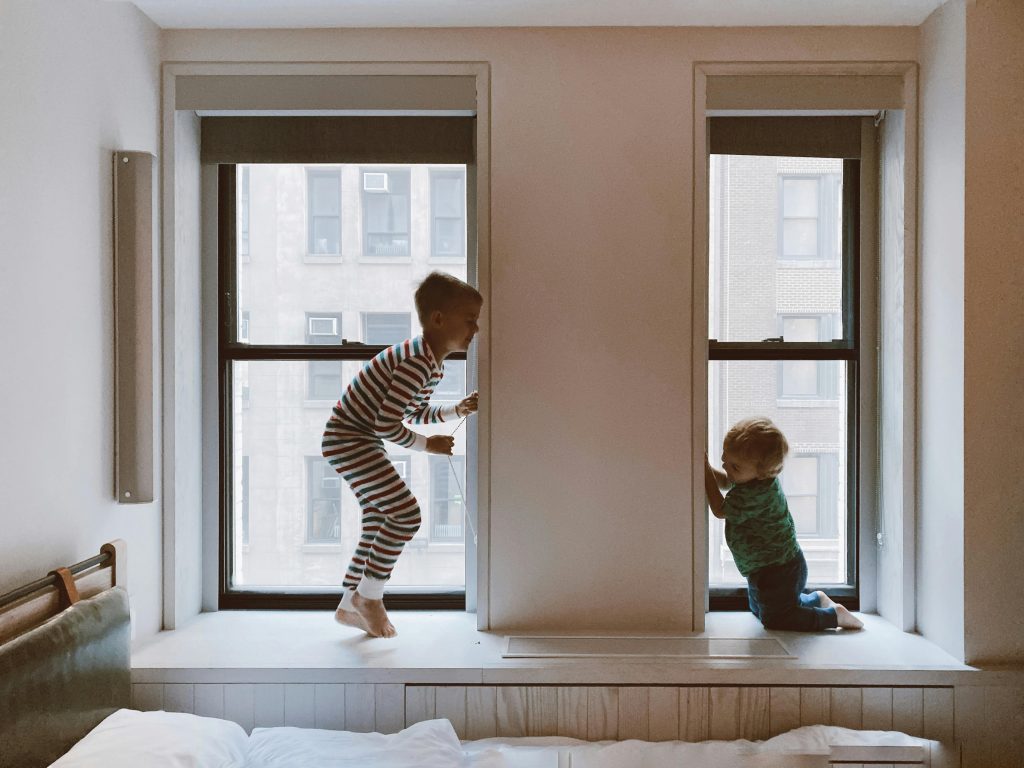Designing a child’s bedroom is one of the most creative and rewarding parts of home interior design. Unlike a master bedroom or living room, a child’s bedroom is a multifunctional space—it serves as a playground, a study area, a resting zone, and a place to nurture creativity. Interior design for a child’s bedroom goes beyond aesthetics; it requires thoughtful planning to balance functionality, safety, and fun.

A well-designed child’s bedroom blends creativity with practicality. It should spark joy, reflect the child’s personality, and be flexible enough to adapt as they grow. Let’s explore how you can design the perfect child’s bedroom step by step.
Understanding the Basics of Child Bedroom Design
A child’s bedroom should reflect their personality while supporting their development. It should be safe, flexible, and filled with elements that inspire creativity. Kids grow quickly, so the room must be adaptable to their changing needs, whether it’s adding a study corner for schoolwork or a play zone for younger children.
While bright colors and playful décor are important, functionality cannot be ignored. A good design balances storage solutions, comfortable furniture, and playful elements to ensure the room remains clutter-free and inviting.

Choosing the Right Colors for a Child’s Room
Colors play a huge role in setting the tone of a child’s bedroom. Soft pastel shades such as sky blue, mint green, or peach create a calming effect, while vibrant colors like yellow, red, or orange add energy and fun. A balanced combination of both works best—soft walls with colorful accents in furniture or décor.
Children often love themed bedrooms, whether it’s superheroes, princesses, animals, or outer space. Using theme-based colors makes the room visually appealing while keeping the design cohesive. For example, a space theme may include dark blue walls with glow-in-the-dark stars, while a jungle theme may feature green tones with animal prints.
Smart Furniture for Child Bedroom Design
Beds are the centerpiece of a child’s bedroom. Bunk beds, trundle beds, or loft beds save space and add a fun element for kids. For small rooms, a storage bed with drawers underneath is a practical solution.
As children grow, having a dedicated study space becomes essential. A child-sized desk with an ergonomic chair encourages better posture and concentration. Adding shelves above the desk can store books, stationery, and art supplies.
Clutter is a common issue in kids’ bedrooms. Using multipurpose furniture like ottomans with hidden storage, toy chests, or wall-mounted shelves helps keep things organized. Open storage bins labeled with categories also make it easy for kids to find their belongings.
Play and Activity Zones
Play is an important part of childhood, and having a small play corner makes the room lively. A teepee tent, indoor slide, or soft play mats can create a playful environment.
A cozy reading nook with cushions, fairy lights, and a small bookshelf encourages reading habits from an early age. This corner can grow with the child, turning into a study lounge as they age.
Safety First in Child Bedroom Design
Safety should always come first. Rounded furniture edges, non-toxic paint, and child-proof windows or doors are must-have features. Avoid sharp corners, heavy furniture that may tip over, or small décor items that can be swallowed by toddlers.
Proper lighting enhances the comfort of a child’s room. Natural light during the day is vital, while soft night lamps provide comfort at night. Ventilation also matters—windows with safe grills or adjustable blinds allow airflow while ensuring safety.
Future-Proofing the Bedroom
Kids grow quickly, so their bedroom should be able to adapt. Choosing neutral furniture with interchangeable accessories (such as bed linens, rugs, or curtains) makes it easier to update the room as they age.
Convertible furniture, like cribs that turn into toddler beds or desks that expand, ensures longevity and saves money in the long run.
Final Thoughts on Child Bedroom Design
A child’s bedroom is more than just a sleeping space—it’s their world of imagination, comfort, and growth. From selecting safe furniture and smart storage to incorporating fun play areas and colorful décor, every detail matters in making the room both functional and joyful. Parents should aim for a balance between creativity and practicality while allowing their child’s personality to shine through the design. With thoughtful planning, you can create a room where your child feels safe, inspired, and happy.

